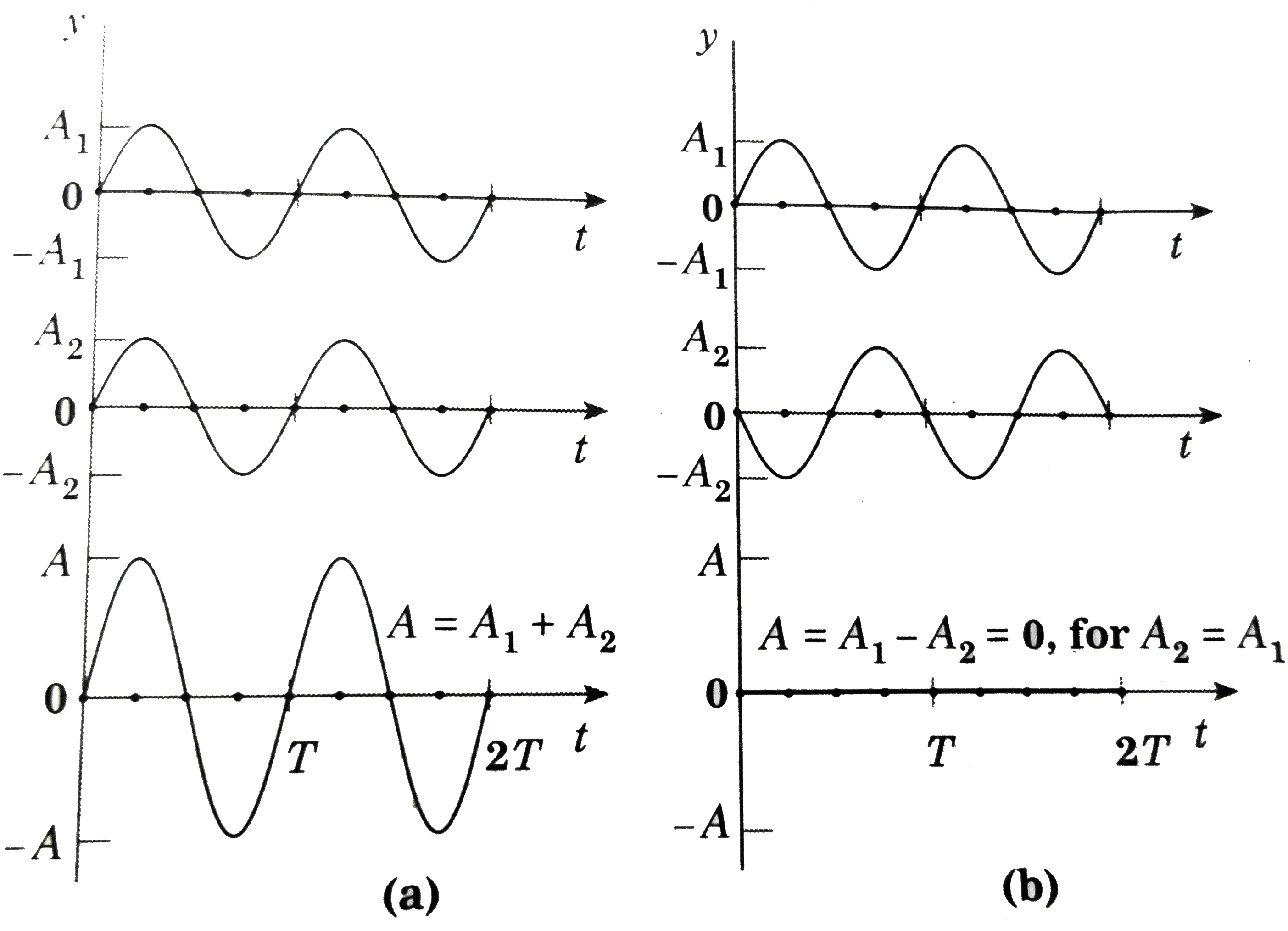Text Solution
Verified by Experts
|
Topper's Solved these Questions
EXPLANATION, CHARACTERISTICS AND PROPERTIES
NAVNEET PUBLICATION - MAHARASHTRA BOARD|Exercise Stationary Waves|5 VideosView PlaylistEXPLANATION, CHARACTERISTICS AND PROPERTIES
NAVNEET PUBLICATION - MAHARASHTRA BOARD|Exercise Kinetic Theory of Gases and Radiation|4 VideosView PlaylistEXPLANATION, CHARACTERISTICS AND PROPERTIES
NAVNEET PUBLICATION - MAHARASHTRA BOARD|Exercise Surface Tension|4 VideosView PlaylistEXPERIMENTS AND DIAGRAMS
NAVNEET PUBLICATION - MAHARASHTRA BOARD|Exercise ATOMS, MOLECULES AND NUCLEI|1 VideosView PlaylistINSTRUMENTS : CONSTRUCTION AND WORKING
NAVNEET PUBLICATION - MAHARASHTRA BOARD|Exercise Semiconductors|6 VideosView Playlist
Similar Questions
Explore conceptually related problems
Knowledge Check
Similar Questions
Explore conceptually related problems
